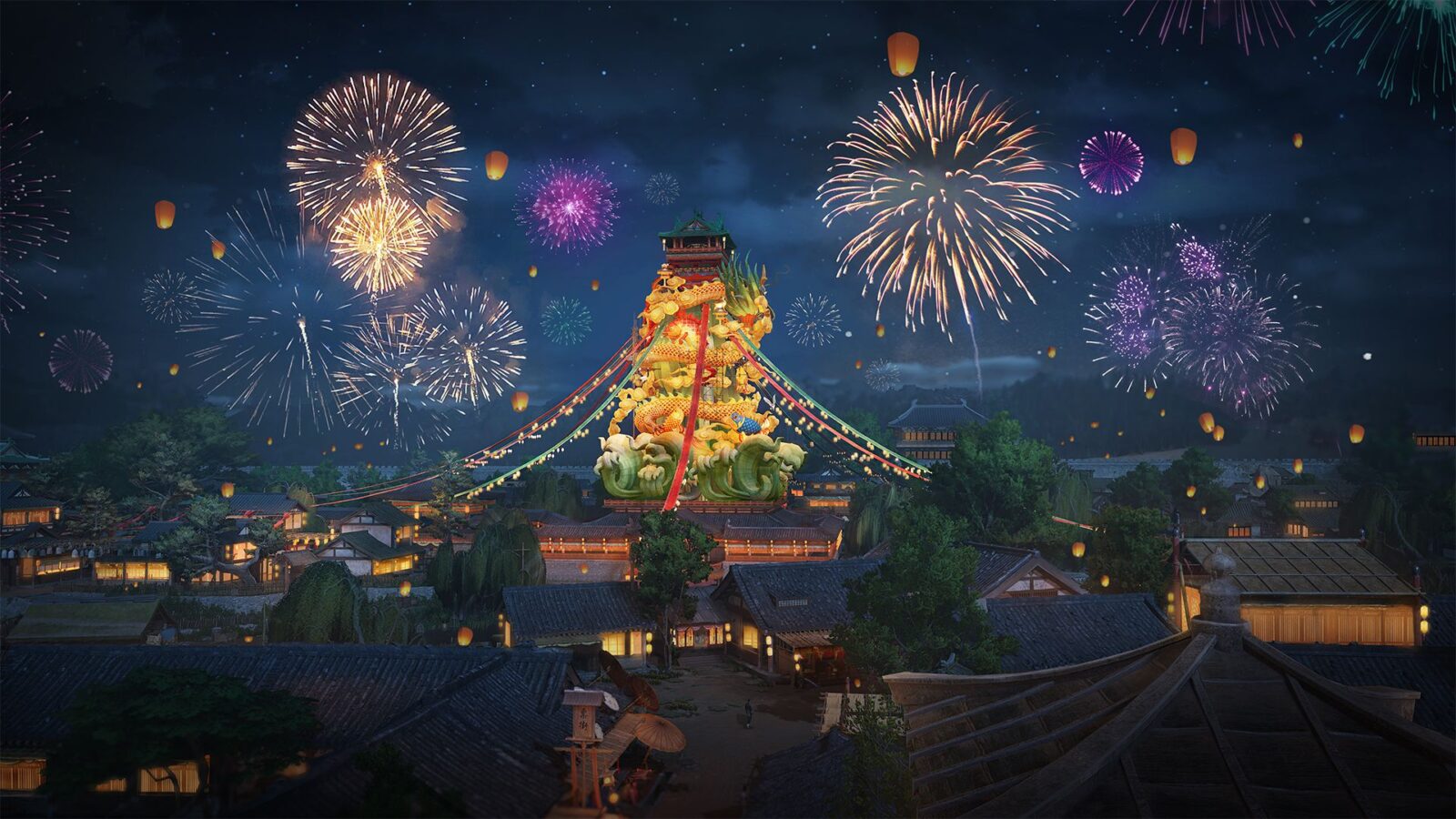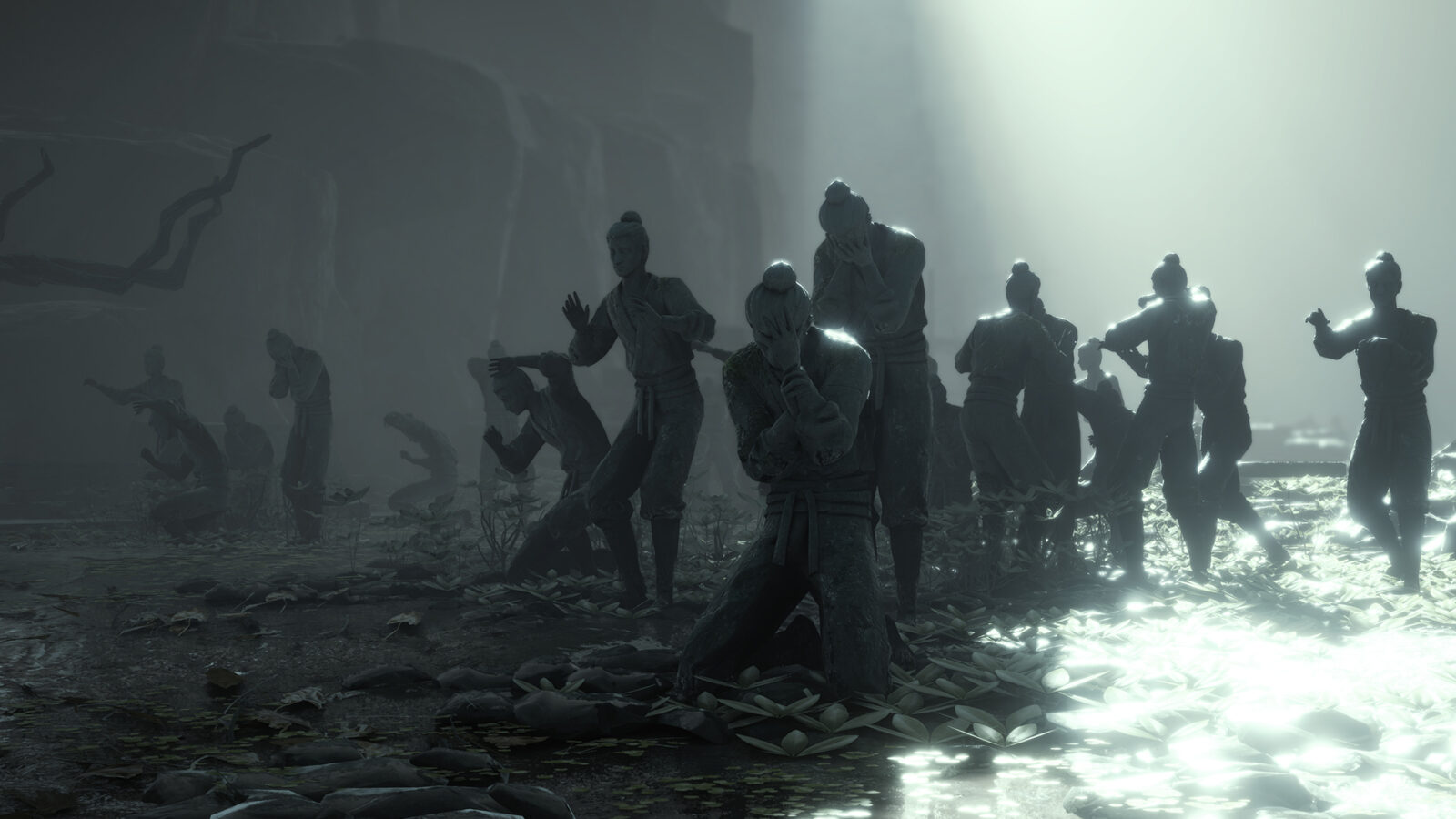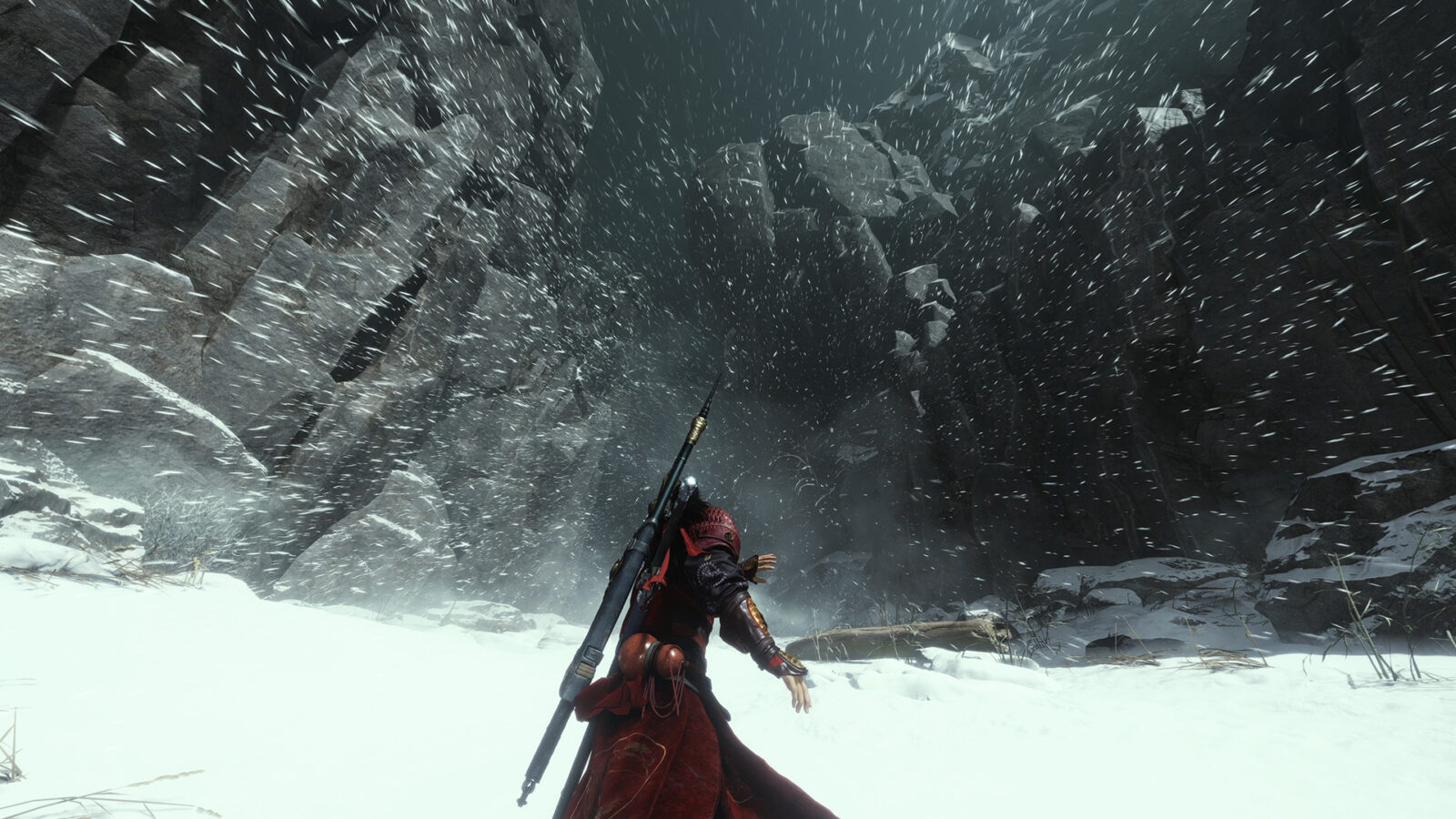TL;DR: A stunning, ambitious Wuxia adventure with great ideas and clumsy execution. Gorgeous world, fun combat, too many systems, plenty of bugs. Imperfect but memorable.
Where Winds Meet
I have this ritual whenever I dive into a new Wuxia game: I brew a tiny cup of oolong, turn off every social notification that could drag me back into the real world, and let myself slip into that timeless headspace where gravity is optional and melodrama is nourishment. It’s an indulgence born from watching too many late-night rewatches of Hero and House of Flying Daggers, where every emotional beat is punctuated by a slow-motion sword twirl and every tree branch is a viable transportation method.
So when I booted up Where Winds Meet, I was already pre-primed with the kind of romantic optimism normally reserved for first dates and new operating systems. And to its credit, the game immediately understands the assignment: the wind is always blowing dramatically, capes are permanently billowing like they’re sponsored by a wind machine, and every character looks like they’re one monologue away from starting a revolution or a friendship-ruining duel.

The game absolutely nails the aesthetic of Wuxia. It’s just everything that comes after that gets… complicated.
I’ll say this upfront: this fictionalized 10th-century China is one of the most consistently beautiful worlds I’ve wandered through in years. It feels alive in that MMO way where you’ll stumble on a street performer juggling knives, or monks bickering about the proper spiritual form of tea-making, or — my personal favorite — a bear practicing tai chi. And because this game is extra in the best way, you can actually spy on the bear, learn tai chi from it, and later yeet it into a rock using the power of wind. Poetry.
But just when I was sinking into the dreaminess of it all, the technical scaffolding would collapse in my hands. Voice lines interrupt each other like they’re all fighting for mic time during karaoke night. Subtitles play mad libs with spoken lines. Sometimes characters don’t have voices at all, delivering dramatic confessions like badly synced puppets. And one time I disguised myself to infiltrate a party, only to realize my character model looked exactly the same and the guards just pretended otherwise. It was like a child insisting their toy dinosaur is invisible.

Wuxia thrives on intensity — operatic emotion, grand betrayals, wandering warriors haunted by past sins. Where Winds Meet tries to deliver all that, and occasionally succeeds with genuine beauty. But the English localization swerves between poetic and “Did the translator fall asleep on the keyboard?” It’s inconsistent enough that impactful scenes can feel like someone left the script on shuffle.
The main story is only two chapters, but dense enough that it took me 30–40 hours with diversions. It ends on a cliffhanger that doesn’t feel bold so much as “Wait, that’s it?” But the side quests? Surprisingly fantastic. Some of the most heartfelt and bizarre content lives there — from guiding traumatized ghosts to peace to participating in unhinged martial-arts-student hazing rituals that feel like they escaped from a slice-of-life anime.
From the trailers, I thought I was getting a Wuxia Devil May Cry — wall-running, air juggling, gravity-defying combos. But the combat is much slower, more methodical, and shockingly MMO-like. If you’ve ever tanked in Final Fantasy XIV or clicked your way through a rotation in Guild Wars 2, the rhythm will feel intimately familiar. There’s taunting, buffing, timed windows, synergy between weapons, and a parry system so important the game eventually offers an optional auto-parry for people like me who panic when everything flashes red.

I actually liked this design more than I expected. It’s deliberate, strategic, and — during group fights — genuinely exhilarating. Managing buffs and weaving abilities creates a satisfying flow state, even if enemy variety sometimes amounts to the same five guys wearing different faction jackets.
Bosses are the weak link. Many are just stronger versions of normal enemies, with the same move sets but bloated health bars. The occasional special encounter, like the dragon dancers firing fireworks while hopping across beams, is wonderful. But too often, I felt like I had déjà vu with slightly more burning damage.
Imagine opening a closet and every item you pick up spawns five more items. That’s Where Winds Meet’s loot ecosystem. Everything you do rewards you with piles of crafting materials, upgrade stones, potions, tools, and mysterious currencies that may or may not matter. Instead of exciting, it becomes numbing.

Gear has pages of stats that barely matter until late in the game, and the micromanagement is so overwhelming that the developers added a “Quick Advance” button that upgrades everything for you. When a game gives you an “I know this is exhausting, just let me handle it” option, that’s not streamlining — that’s surrender.
Then come the Breakthrough Tests — mandatory level gates requiring wave-based arena fights. Fail them, and you’re stuck grinding. Even when you pass, enemies also scale up, negating your hard-earned progress like a cosmic “Are you kidding me?” punchline. Twice, the game forced me to wait real-world hours for server resets before I could continue. Being told by a game that I’m playing too fast is a new flavor of existential insult.
The mystic arts system is genuinely clever — learning abilities by observing the world, not just looting scrolls. But most other activities fall squarely into “open-world checklist” territory. Fishing, crafting, scavenger hunts, minigames… they all work, but none feel fresh. Many are worth trying once; few are worth doing twice.
Movement is a joy when it works. You can triple-jump, sprint up walls, and glide across cliffs like a Wuxia superhero. Until, randomly, the game decides “No more wall-running for you” and forces you to relog. It’s like your legs temporarily forget you’re the protagonist.

Menus lag, buttons don’t always respond, and some info links are just blank. Navigating the game’s interface often feels like wading through a spreadsheet that hasn’t finished rendering.
Co-op content exists, but pre-launch servers were ghost towns. Fortunately, a CPU party fills in — mechanically competent, emotionally vacant, and so durable they feel like demigods. Still, I appreciated being able to do raid-style fights without needing to beg friends to log in at midnight.
So… Do I Like It?
Yeah. Weirdly. Despite the frustrations. Despite the bugs. Despite the pacing issues, and the localization, and the RPG systems that feel like someone lost a bet.
There’s a sincerity to Where Winds Meet — a maximalist ambition, a desire to be everything all at once — that kept pulling me back in. It doesn’t fully succeed, but it dreams bigger than most games even attempt.
When the wind sweeps across the plains and you launch into a triple jump, cloak fluttering, spear gleaming, it hits the exact fantasy I chase in Wuxia games. It makes me feel weightless, heroic, just a little ridiculous — the way all good Wuxia should.
Where Winds Meet is messy, overstuffed, charming, and occasionally brilliant. Like an amusement park where every ride is beautiful but half the animatronics are unplugged.

Final Verdict
Where Winds Meet is a breathtaking but uneven Wuxia action RPG, overflowing with creativity yet constantly tripping over its own systems. When it works, it’s magical — a sweeping martial-arts epic with heartfelt side stories and thrilling mystic arts. When it doesn’t, it’s a frustrating slog of bugs, progression gates, and overengineered mechanics. Still, its beauty and ambition make it worth experiencing, even if it leaves you wanting a more refined sequel.






